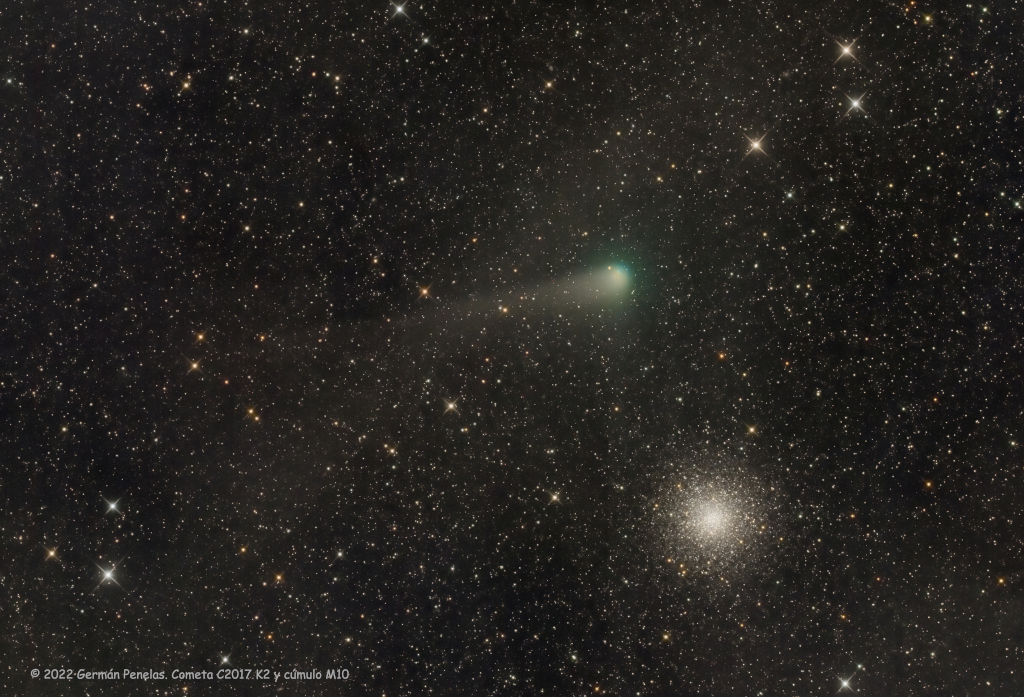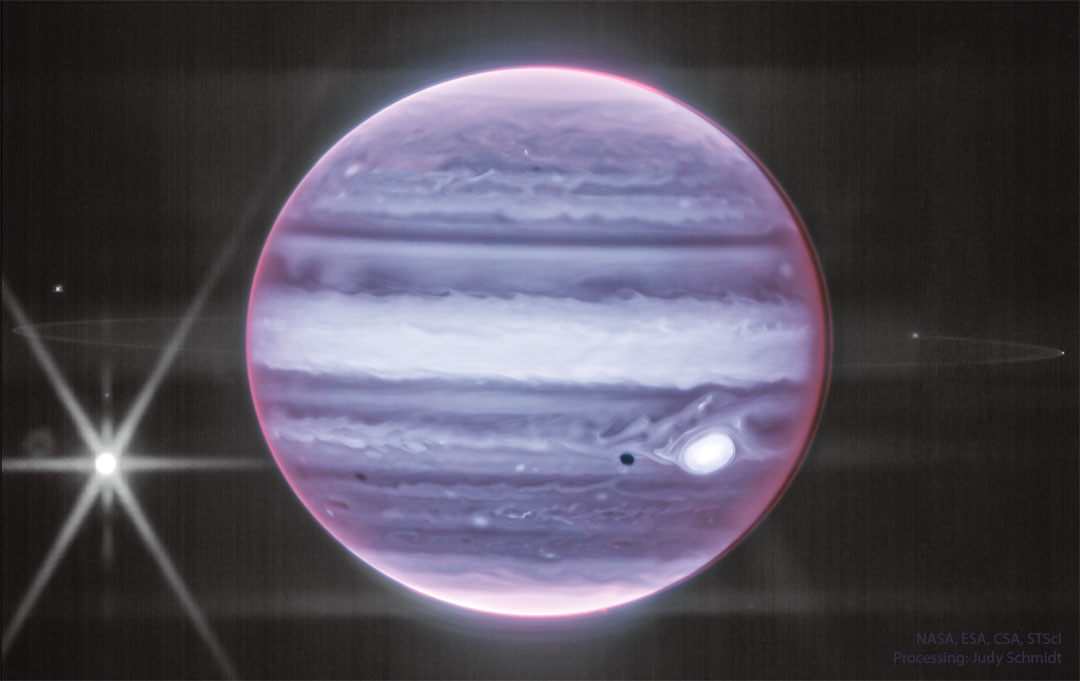NASA will host a media teleconference at 11 a.m. EDT on Wednesday, July 27, to discuss the architecture for its Mars Sample Return campaign.
from NASA https://ift.tt/1HIVB3e
via IFTTT
NASA will host a media teleconference at 11 a.m. EDT on Wednesday, July 27, to discuss the architecture for its Mars Sample Return campaign.
from NASA https://ift.tt/1HIVB3e
via IFTTT


NASA will provide live coverage of a spacewalk on Thursday, July 21, by a Russian cosmonaut and an ESA (European Space Agency) astronaut to continue outfitting the European robotic arm on the International Space Station’s Nauka laboratory.
from NASA https://ift.tt/0n4xCLI
via IFTTT


NASA will hold a media teleconference at 11 a.m. EDT Wednesday, July 20, to discuss next steps for the Artemis I mission with the Space Launch System (SLS) rocket and Orion spacecraft at the agency’s Kennedy Space Center in Florida.
from NASA https://ift.tt/6KS7OJg
via IFTTT
Massachusetts students will have an opportunity this week to hear from crew members aboard the International Space Station, including a NASA astronaut.
from NASA https://ift.tt/JRloaeC
via IFTTT
NASA has selected Space Exploration Technologies Corporation (SpaceX) in Hawthorne, California, to provide launch service for the Nancy Grace Roman Space Telescope mission.
from NASA https://ift.tt/bhvByfD
via IFTTT
